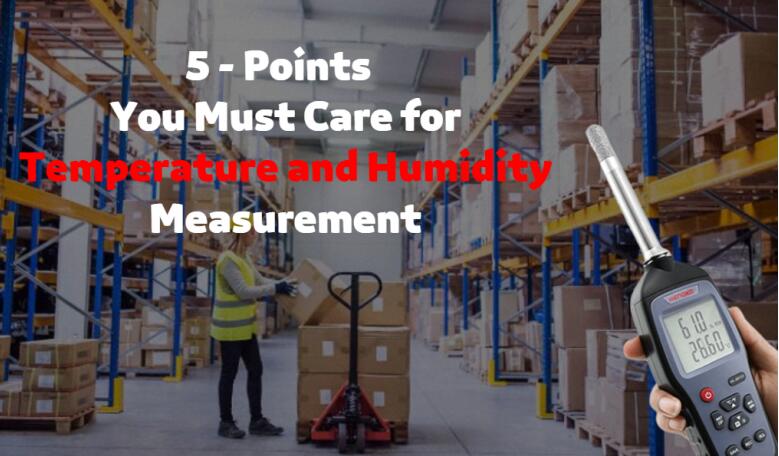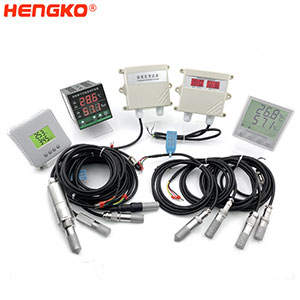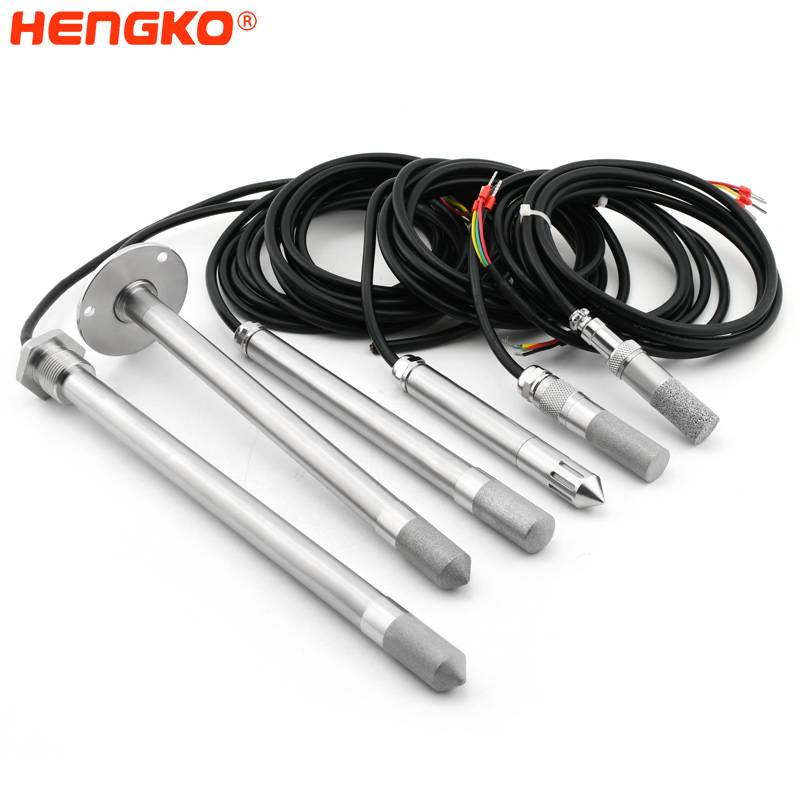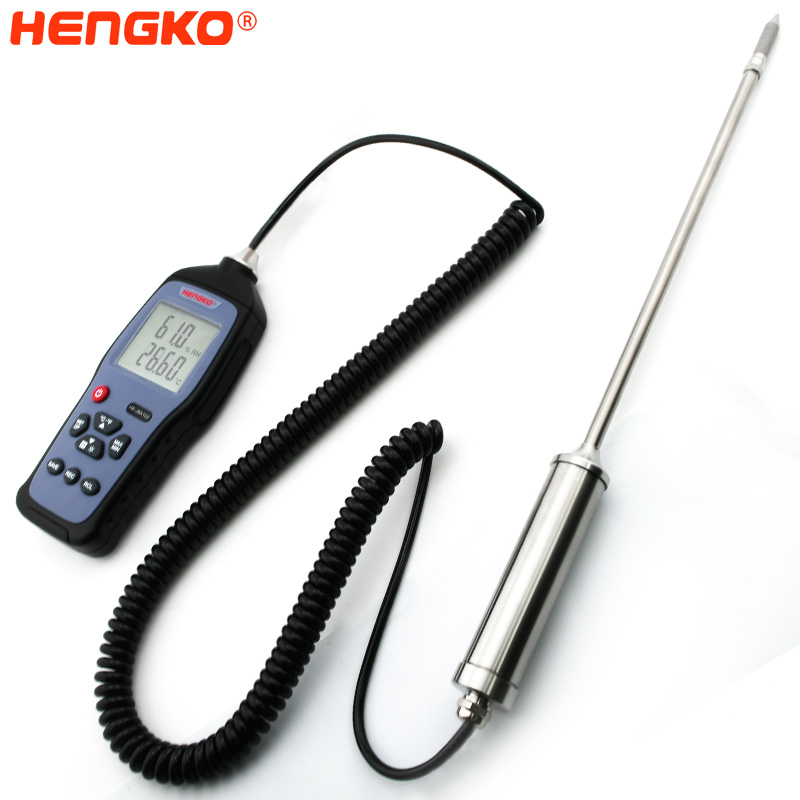5 Points You Must Care for Temperature and Humidity Measurement

If you use a lot of relative humidity probes, humidity transmitters, or hand-held humidity meter on a regular basis, doing your own internal calibration can save a lot of time and money.
We Listed 5 Points You Must Care When Do Temperature and Humidity Measurement Work. Hope It will be helpful For Your work.
First, Measure Parameters in Humidity Calibration
Once you decide that humidity calibration in-house is the best option for your business, it is important to ensure that you specify the right system. This guide is intended to help you learn more about the options available, but it is also strongly recommended that you seek guidance from experts in the field. HENGKO can provide comprehensive technical support services for customers who want to establish humidity calibration system.
The key elements you need to consider before selecting a system are:
1. Measurement parameters of your equipment;
2. The measuring range of your equipment.
3. How much automation is required;
4. How do I install your device into the system
Second, Measurement Parameters
The process of deciding which calibration system is best for your needs depends on the equipment to be calibrated and its measurement parameters.
1. The Dew Point
If the device measures dew point, the calibration manifold is usually located in the ambient temperature environment. Because dewpoint calibration systems are typically designed to produce very low moisture content, the manifold needs to be designed with high integrity; Used in conjunction with the sensor's sealing mechanism to ensure that moisture is prevented from entering from the surrounding environment. For very low dew points (< - 80 ° C (& lt; -- 112 °F)), sometimes it is necessary (depending on environmental conditions) to enclose the manifold in a chamber that can be purged with dry air to limit the inlet of the effect.
2. Relative Humidity and Temperature
There are two different methods for calibrating relative humidity sensors. One approach is to place the sensor directly in a calibration "chamber," a separate environment that is controlled by temperature and humidity. This functions similarly to the climate chamber, only on a much smaller scale and with much greater uniformity. Calibration chambers without temperature control also exist, which means that the selected relative humidity will be generated at the main ambient temperature -- however, it is important to ensure that when using these types of generators, they are placed in a temperature-stable environment.
Another method is to use an external dew point generator to pass air through a sensor-mounted manifold. The manifold is placed in a larger temperature-controlled chamber. The advantage of this approach is that the manifold is small in size and has few entry points, so step changes tend to occur faster; Much lower humidity can be achieved using a volumetric mixed dew point generator compared to a calibration chamber. The disadvantage is that the components involved are physically much larger, and they can be much more expensive than individual chambers.
Third, the Measurement Range
The next determining factor is the measurement range. The question to ask here is: What is the full working range of your device? (Consider the temperature range if the relative humidity probe is measuring relative humidity.) Do you need to calibrate across the entire spectrum, or do you have specific areas or areas of interest?
Fouth, Relative Humidity
The range of an RH calibration system depends on the ability to control two independent parameters: the temperature range of the chamber and the relative humidity range (in most cases, the lowest RH point is the limiting factor).
Temperature and humidity meter should be more precise than the general temperature and humidity transmitter, which can meet the measurement range of almost all sensor products and be more accurate. Hengko hand-held portable temperature and humidity meter has passed CE certification, in line with the basic requirements of the European Union "New Method for Technical Coordination and Standardization" directive. Certified by Shenzhen Metrology Institute, the relative humidity accuracy can reach ± 1.5%RH (0 to 80% RH). Range: -20 to 60°C (-4 to 140°F), dew point temperature measurement range: -74.8 to 60°C (-102.6 to 140°F), is a suitable for a variety of high precision temperature and humidity, dew point measurement occasions calibration instrument parts.
Fifth, the Dew Point System
Dew point calibration systems typically produce much lower absolute humidity than RH calibration systems. The range of dew point systems produced depends on two factors: the output dew point of the transformer dryer, which is used to provide a dry air source (sometimes called "complete drying") for the humidity generator.
Dew point generator resolution - it is able to mix a specific amount of completely dry and saturated air in stages to achieve an accurate output of very low moisture content. Where volume flow mixing generators are involved; The more mixing stages, the lower the dew point the generator can control. For example, no matter how dry the input air is, single-stage DG3 can only be controlled to a minimum dew point of approximately -40°C (-40°F); Two-stage DG2 produces dew points up to -75°C (-103°F). The three mixing stages produce a dew point of -100°C (-148°F).
Still Have Questions and Like to Know More Details For the Temperature and Humidity Measurement , Please feel Free To Contact Us Now.
Also You Can Send Us Email Directly As Follow : ka@hengko.com
We Will Send Back With 24-Hours, Thanks for Your Patient !



